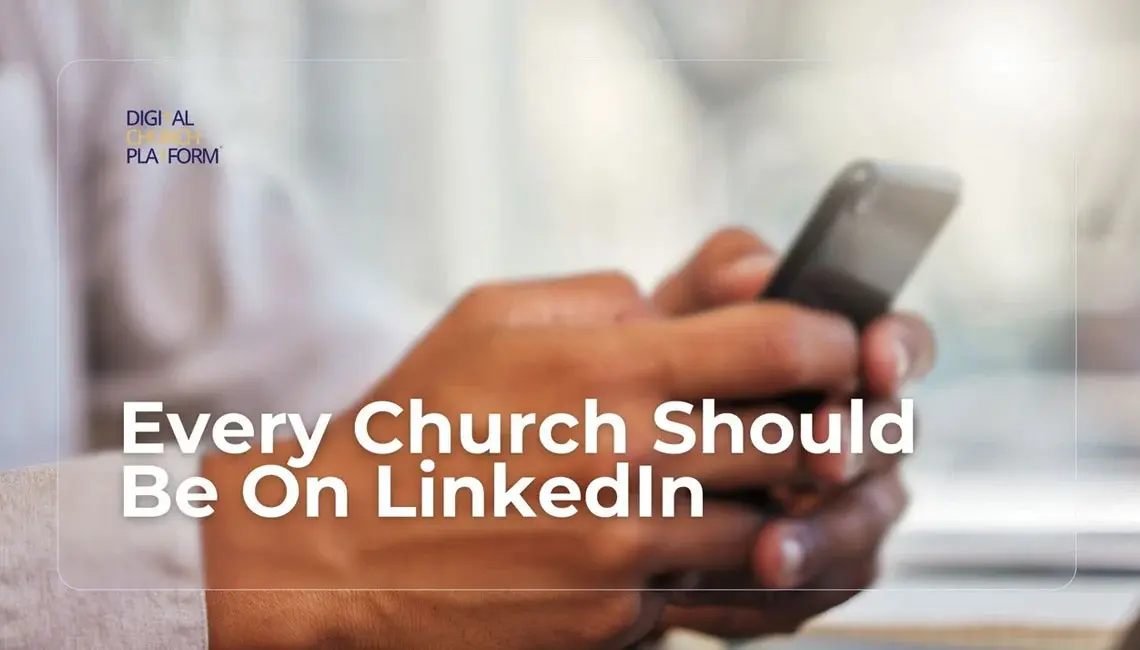
LinkedIn is a powerful tool for reach and growth, but it isn’t the obvious choice for most churches when considering their digital strategy. In previous posts, we’ve discussed the importance of embracing digital technology as a part of ministry, but LinkedIn is often overlooked in this regard. We believe that this needs to change.
LinkedIn is no longer just a platform for executives and job hunters. It’s for anyone who wants to expand their network and reach people, which is precisely what priests, pastors, and other church leaders aim to do. To build a church community, you must meet people where they are - and many are on LinkedIn.
In the UK, over 31 million people use LinkedIn to form and maintain professional relationships and last year saw a 55% rise in conversations happening on the site. Looking at these numbers, it’s clear that LinkedIn is a valuable tool that every organisation should be using; however, our research findings reveal that many churches in London are still deficient in this area. But this doesn’t have to be the case. LinkedIn is a place to reach your community - which is really what a church is all about.
Digital evangelism
In church ministry, forming meaningful connections and building community is incredibly important. This is just as true online as it is offline. In professional circles, networking has the power to make or break careers, and, as we’ve spoken about before, good church governance requires an understanding that churches do, to a large extent, function as businesses.
You can gain greater influence in your community by connecting with local leaders and influencers and showing them what your church is all about.
Viewed in this way, networking on LinkedIn may be considered a form of digital evangelism and an essential tool for online ministry. With 722 million users and 24 available languages, LinkedIn has a genuinely global reach. Still, you can use search and filter tools to connect with people in your local, regional, and national community of all ages, interests, and walks of life.
LinkedIn frequently ranks as the most trusted social media network due to its professional nature, which means that the people you reach there will trust who you are and what you have to say. You can gain greater influence in your community by connecting with local leaders and influencers such as teachers, business owners, and council members and showing them what your church is all about. As digital content expert Kenny Jhang says in this podcast, LinkedIn is “a great place to break out of the mould, demonstrate your relevance and … be invitational with relationships.”
Your congregation are already there
Outside of church services, prayer meetings, and bible studies, your congregants spend a lot of their time in the working world. You can strengthen your relationships with many of your church members by connecting with them on LinkedIn, congratulating them on their professional wins, and offering support and prayer in their endeavours. You’ll also gain valuable insights into their interests and skills, and ways in which they may be interested in serving your church’s ministry.
It’s easy to get started on LinkedIn, and we advise creating an official company page for your church as well as profiles for your ministry team and encouraging volunteers, wardens, and other key members to add their affiliation with your church on their personal profiles. You can also follow our page, The Digital Church Platform, here for news, updates, and insights into relevant and engaging digital ministry.



